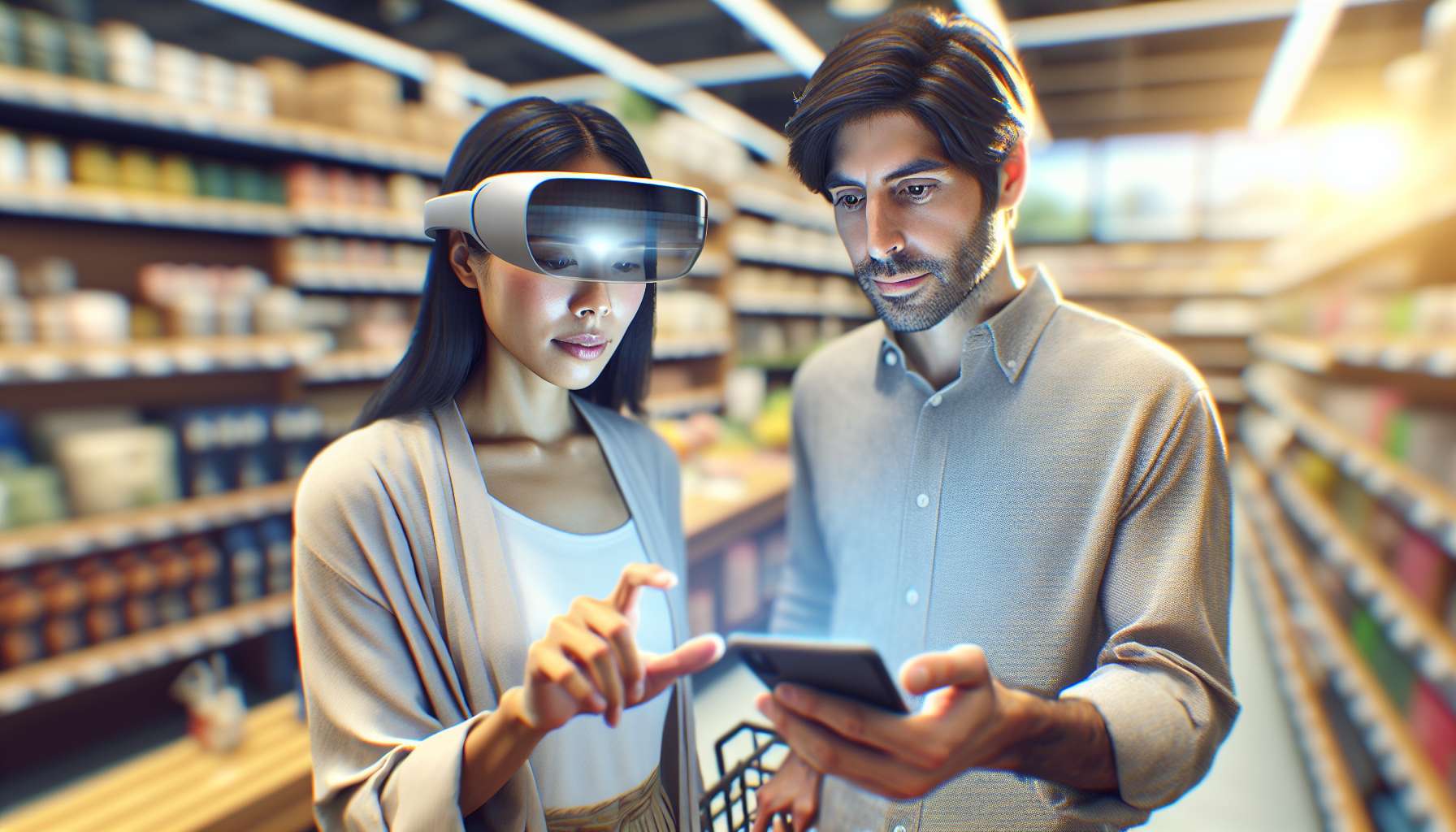Unlocking the Power of Augmented Reality in International Retail
As the world becomes increasingly interconnected, businesses are constantly seeking innovative ways to bridge cultural gaps and enhance the retail experience for international customers. One technology that has gained significant attention in recent years is augmented reality (AR). By blending the virtual and physical worlds, AR has the potential to revolutionize the way retailers engage with customers from different cultures and backgrounds. In this article, we will explore the practical applications of AR in international retail and how it can help connect cultures, drive sales, and create unforgettable shopping experiences.
Enhancing Language and Communication
One of the biggest challenges in international retail is overcoming language barriers. AR can provide real-time translation capabilities, allowing customers to interact with products and store displays in their native language. Imagine walking into a store in a foreign country and instantly understanding product descriptions, pricing information, and even customer reviews, all displayed in your preferred language. This not only improves communication but also creates a more inclusive and personalized shopping experience.
Virtual Try-On and Personalization
AR technology enables customers to virtually try on clothing, accessories, and even cosmetics, eliminating the need for physical fitting rooms. This feature is particularly valuable in international retail, where customers may have different body types, fashion preferences, or cultural norms. By allowing customers to visualize how products will look on them, retailers can boost confidence, reduce returns, and increase customer satisfaction. Additionally, AR can personalize the shopping experience by recommending products based on individual preferences, previous purchases, and cultural influences.
Creating Immersive Brand Experiences
AR can transform traditional retail spaces into immersive brand experiences that transcend cultural boundaries. By overlaying digital content onto physical products or store environments, retailers can tell compelling stories, showcase product features, and provide interactive demonstrations. For example, a fashion retailer could use AR to bring runway shows to life in-store, allowing customers to virtually attend fashion events from around the world. This not only engages customers but also fosters a sense of connection and cultural appreciation.
Driving Sales and Customer Engagement
AR has proven to be a powerful tool for driving sales and increasing customer engagement. By offering interactive product experiences, retailers can capture customers’ attention and encourage them to spend more time exploring their offerings. For instance, a furniture retailer could use AR to allow customers to visualize how different pieces of furniture would look in their homes, leading to more confident purchasing decisions. Moreover, AR can gamify the shopping experience, rewarding customers with virtual badges, discounts, or exclusive content, further incentivizing them to make a purchase.
Future Outlook and Adoption
The future of AR in international retail looks promising. According to market research, the global AR market is expected to reach a value of $70 billion by 2023, with retail being one of the key industries driving its growth. As the technology becomes more accessible and affordable, we can expect to see widespread adoption across various retail sectors. From luxury brands to e-commerce giants, retailers are recognizing the potential of AR to connect cultures, boost sales, and differentiate themselves in a competitive market.
Conclusion
Augmented reality is revolutionizing the way retailers connect with international customers, bridging cultural gaps and creating immersive shopping experiences. By leveraging AR technology, retailers can enhance communication, personalize the shopping journey, create immersive brand experiences, and drive sales. As the adoption of AR in international retail continues to grow, businesses that embrace this technology will gain a competitive edge and unlock new opportunities for success in the global marketplace.





